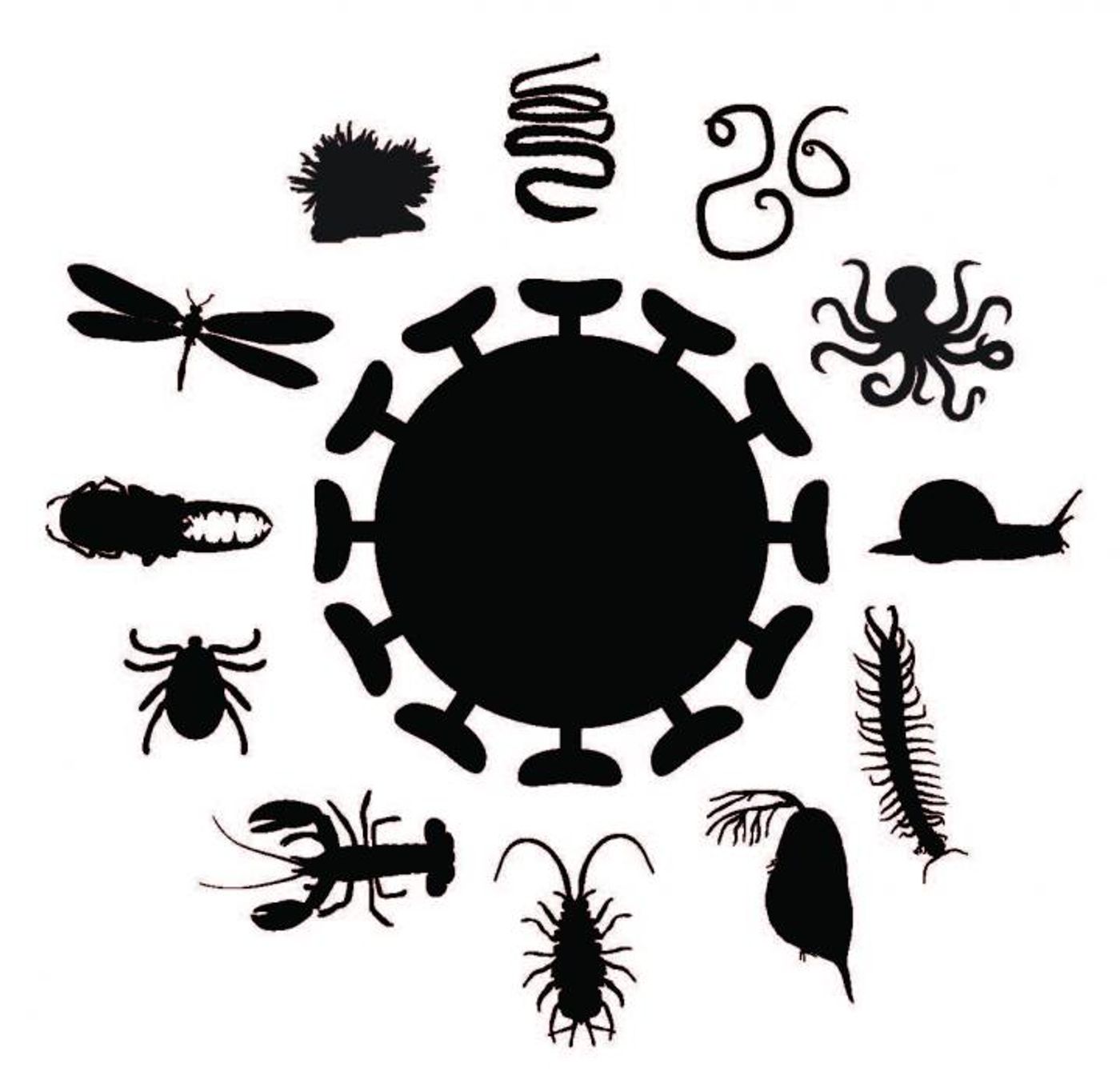Viruses are a unique form of life that have challenged scientists since the dawn of biomedical research. They have even defied routine classifications, and reside in a gray area between a living and non-living organism, because it depends on a host cell to replicate. Due to their infectious nature, viruses that are well known or understood are pathogenic. But not all viruses are dangerous, and there has been evidence that some help us digest food.

To find out more about viruses, a collaborative metagenomics project between the University of Sydney and the Chinese Centre for Disease Control and Prevention in Beijing was done, and
reported in Nature. The study explored the virosphere – the world of viruses – of the planet’s most abundant invertebrates – animals lacking a backbone. The work revealed 1,445 viruses, indicating that we have only begun to pull back the curtain on the world of viruses. Lucky for us, it is probable that few can cause illness.
"This groundbreaking study rewrites the virology text book by showing that invertebrates carry an extraordinary number of viruses - far more than we ever thought," said Professor Edward Holmes of the Marie Bashir Institute for Infectious Diseases & Biosecurity and the School of Life and Environmental Sciences, and leader of the project in Sydney. He added that although we seem to be surrounded by viruses, they cannot easily infect us.
"We have discovered that most groups of viruses that infect vertebrates - including humans, such as those that cause well known diseases like influenza - are in fact derived from those present in invertebrates," said Professor Holmes, who is also based at the University's multidisciplinary Charles Perkins Centre.
While it was thought that viruses have been associated with invertebrates for millions of years, this new work suggests that relationship may have actually have lasted for billions of years, additionally indicating that invertebrates could be the true hosts of myriad viruses.
The investigators suggest that RNA viruses, which are made up of ribonucleic acid or RNA, a molecule that interacts intimately with DNA – probably exist in every type of cellular species.
"Viruses are the most common source of DNA and RNA on earth. It is all literally right under our feet," Holmes said. "It's remarkable that invertebrates like insects carry so very many viruses - no one had thought to look before because most of them had not been associated with human-borne illnesses."
The methods utilized for this work could be applied to finding the cause of new human disorders, such as Lyme disease. "Our study utilized new techniques in metagenomics, which we are also using to provide insights into the causes of human-borne diseases," said Holmes. "The new, expensive technologies available to researchers which have allowed us to do this landmark project provide the ultimate diagnostic tool."
For an overview of RNA and DNA viruses, watch the video above.
Sources:
AAAS/Eurekalert! via
University of Sydney,
PNAS,
Nature









